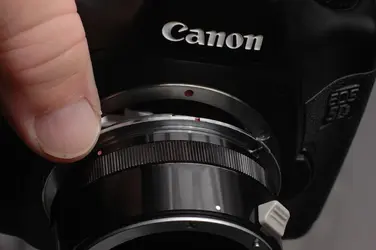TWX
No longer a newbie, moving up!
- Joined
- Apr 30, 2019
- Messages
- 410
- Reaction score
- 103
- Can others edit my Photos
- Photos NOT OK to edit
The slide-digitizing rig I cobbled together could use some refinement, and one of the problems I'm having is that most of my lenses only focus as closely as around a foot and change. Even zoomed-in all of the way that leaves a lot of the frame that isn't focused on the slide.
So basically it looks like the two least expensive options are either macro filters or extension tubes. I'm aware that one of the advantages of the tubes is that since they're in the mounting flange they should fit any lens, while the filters are of whatever thread they are, so might only fit a few lenses.
That said, the macro filters are cheaper than the tubes. So what are your thoughts on one versus the other?
So basically it looks like the two least expensive options are either macro filters or extension tubes. I'm aware that one of the advantages of the tubes is that since they're in the mounting flange they should fit any lens, while the filters are of whatever thread they are, so might only fit a few lenses.
That said, the macro filters are cheaper than the tubes. So what are your thoughts on one versus the other?













